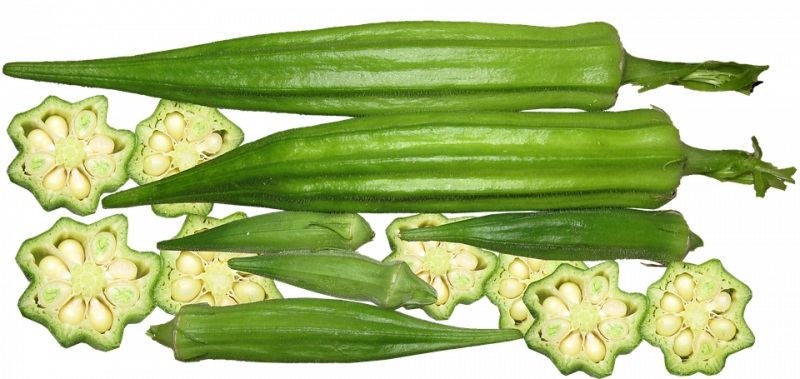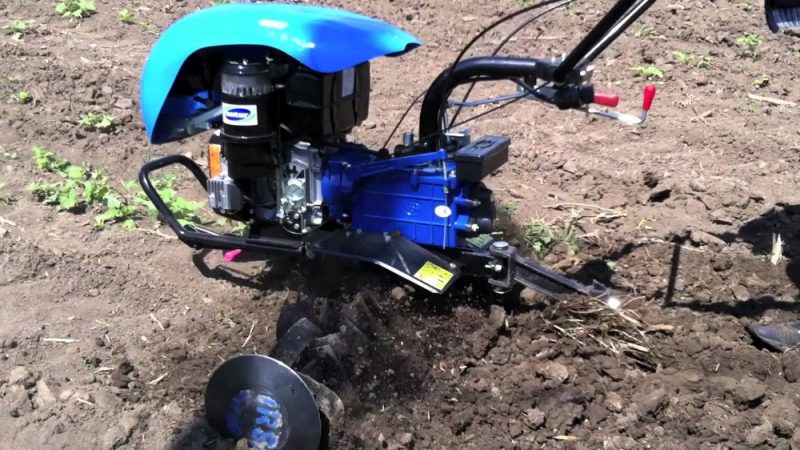Okra, information about crop management
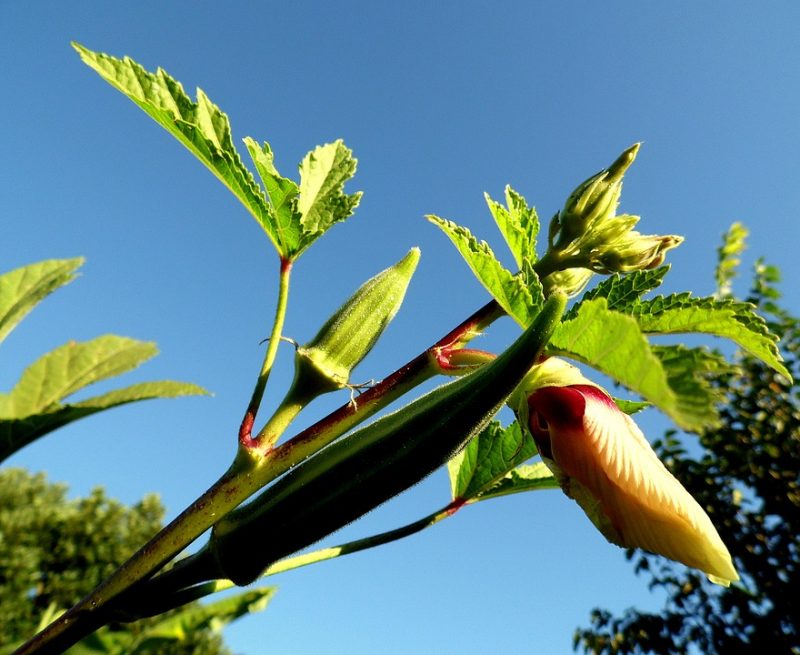
Okra (lady’s fingers) is an excellent source of proteins, lipids, and carbs, as well as vitamins and minerals when eaten alone or in a variety of meals such as soups, stews, sauces, salads, and pickles. Lady’s fingers are used in the pharmaceutical industry due to their beneficial attributes.
Botanical characteristics
Okra is an annual plant that can reach heights of 1-2 m and it has an erect stem, with numerous side branches. The leaves are large, palmately lobed, with serrated edges, and with a long petiole of up to 40-50 cm. The flowers are large, with a brown, purple, or red basal central area and yellow petals. The fruits are 10-30 cm long, capsules, with 5 or 6 longitudinal edges. When young, they are green or purple, when mature they turn brown and lignify. Each fruit has 10-20, sometimes even up to 100 spherical, gray, or green seeds. On the stems, leaves, and fruits (depending on the type), we can see some short, rough fuzz. Okra has a main taproot, which penetrates up to 0.7 m deep into the soil, respectively numerous slightly branched secondary roots.
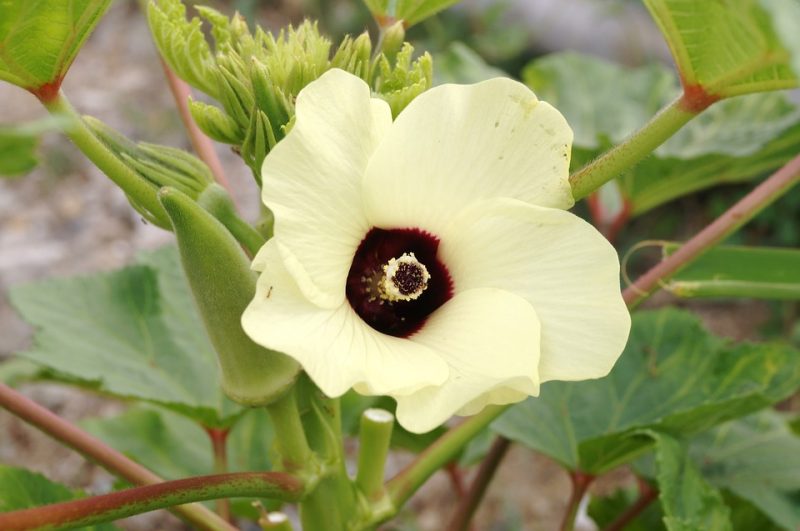
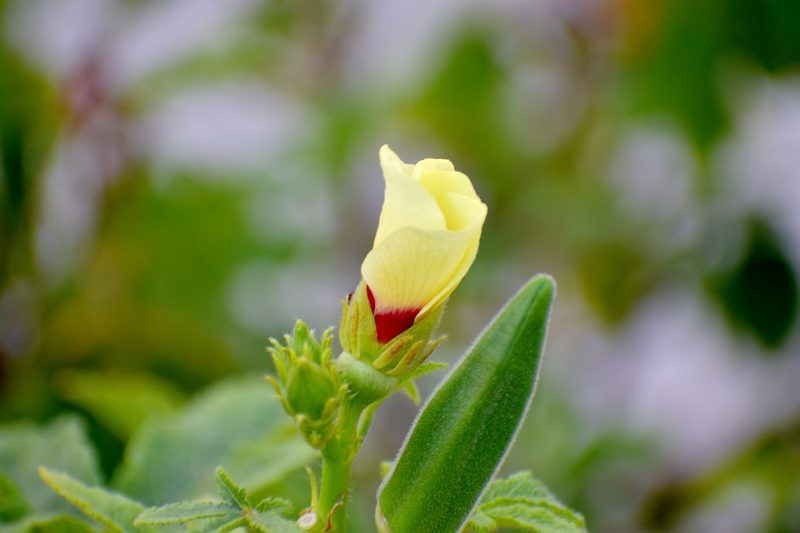
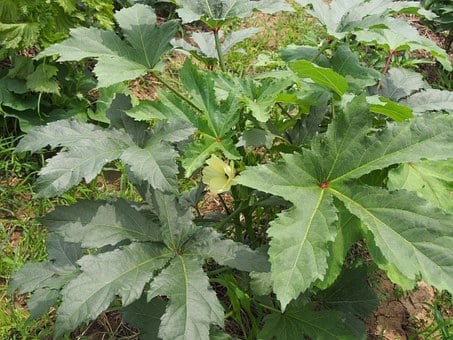
Cultivars
Some of the most popular cultivars are Ela, Clemson spineless, Acme, Bella, Burgundy, Star F1, etc.
Recommended products
-
You can find products on a different store
Change Store -
You can find products on a different store
Change Store -
You can find products on a different store
Change Store -
You can find products on a different store
Change Store -
You can find products on a different store
Change Store -
You can find products on a different store
Change Store -
You can find products on a different store
Change Store -
You can find products on a different store
Change Store -
You can find products on a different store
Change Store -
You can find products on a different store
Change Store -
You can find products on a different store
Change Store -
You can find products on a different store
Change Store -
You can find products on a different store
Change Store -
You can find products on a different store
Change Store -
You can find products on a different store
Change Store -
You can find products on a different store
Change Store -
You can find products on a different store
Change Store -
You can find products on a different store
Change Store -
You can find products on a different store
Change Store -
You can find products on a different store
Change Store -
You can find products on a different store
Change Store -
You can find products on a different store
Change Store -
You can find products on a different store
Change Store -
You can find products on a different store
Change Store
Climate and soil requirements
Okra thrives in warm climates. Seeds germinate at temperatures over 15 degrees Celsius, while the ideal temperature for growth, development, flowering, and fruiting is between 20 and 30 degrees Celsius. It cannot withstand temperatures lower than 10-12 ℃ and it prefers high humidity in the air and soil. The plants can withstand low humidity, but the vegetative growth is weak, and flowering and fruiting are absent. Even though the plant can tolerate poor soils, it grows best on fertilized soil, with good drainage and a neutral or slightly alkaline pH. In terms of light, the okra plants are pretentious, and cannot tolerate shade.
Okra cultivation technology
Land preparation
Okra can be cultivated after tomatoes, peppers, eggplants, cabbage, and other vegetables. Land preparation begins in the fall of the year before cultivation, with land levelling and fertilizing.
Recommended products
-
You can find products on a different store
Change Store -
You can find products on a different store
Change Store -
You can find products on a different store
Change Store -
You can find products on a different store
Change Store -
You can find products on a different store
Change Store -
You can find products on a different store
Change Store -
You can find products on a different store
Change Store -
You can find products on a different store
Change Store -
You can find products on a different store
Change Store -
You can find products on a different store
Change Store -
You can find products on a different store
Change Store -
You can find products on a different store
Change Store -
You can find products on a different store
Change Store -
You can find products on a different store
Change Store -
You can find products on a different store
Change Store -
You can find products on a different store
Change Store -
You can find products on a different store
Change Store -
You can find products on a different store
Change Store -
You can find products on a different store
Change Store -
You can find products on a different store
Change Store -
You can find products on a different store
Change Store -
You can find products on a different store
Change Store -
You can find products on a different store
Change Store -
You can find products on a different store
Change Store
Sowing
Okra propagates through germination, from seeds. The capsules that will generate seeds the following year are left on the plants until they reach full maturity. Each capsule is hand-picked and carefully placed in the garden to create seeds. Seeds are carefully removed from capsules before sowing. Substances can be applied to seeds to encourage fast and uniform sprouting. The optimal period for sowing in the field is the end of May, with distances of 75-80 cm between rows and approx—15 cm between plants in a row. The sowing depth is 3-4 cm, and the seed requirement for one hectare is 40-50 kg.
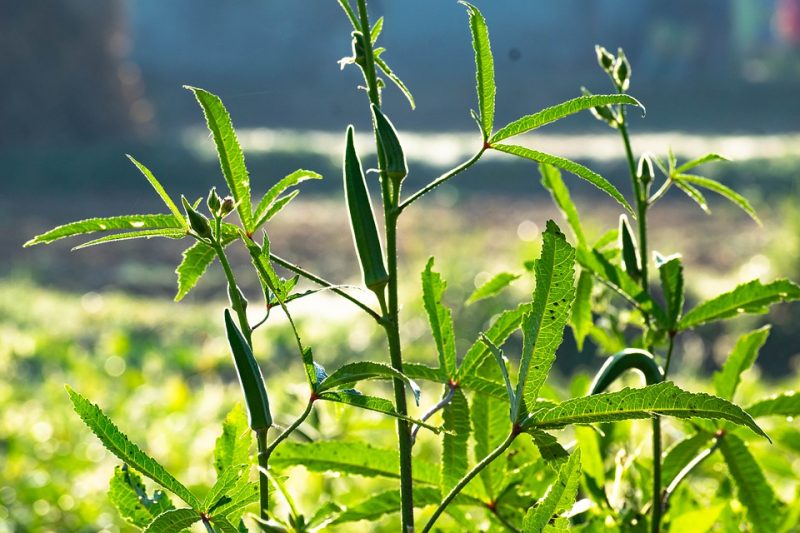
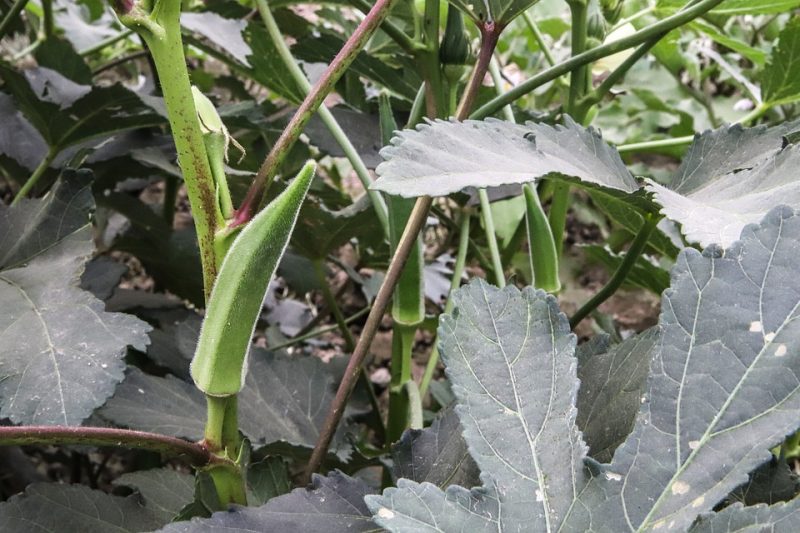
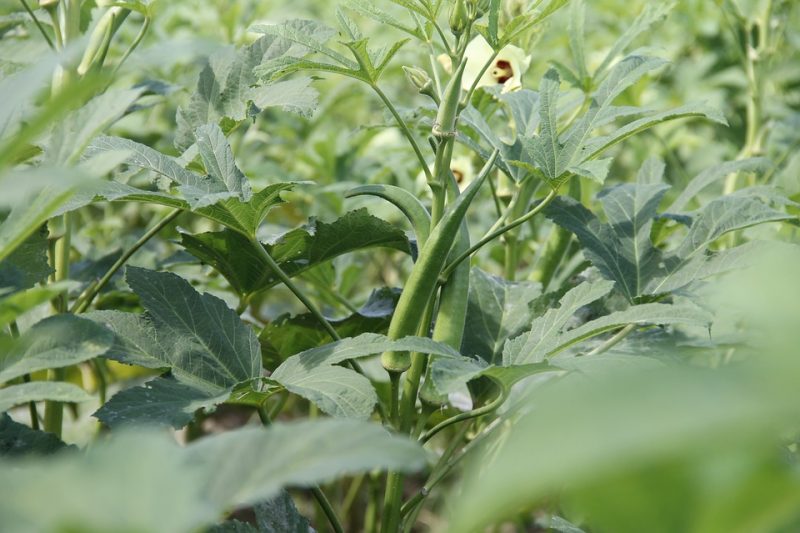
Care works
They involve watering, thinning the plants or filling in the gaps, removing weeds (by manual or mechanical weeding), periodically loosening the soil, applying fertilizers in stages and preventive treatments for controlling diseases and pests. Watering can be done with 350-400 m3/ha/watering, it’s necessary to keep the soil moist.
Recommended products
-
You can find products on a different store
Change Store -
You can find products on a different store
Change Store -
You can find products on a different store
Change Store -
You can find products on a different store
Change Store -
You can find products on a different store
Change Store -
You can find products on a different store
Change Store -
You can find products on a different store
Change Store -
You can find products on a different store
Change Store -
You can find products on a different store
Change Store -
You can find products on a different store
Change Store -
You can find products on a different store
Change Store -
You can find products on a different store
Change Store -
You can find products on a different store
Change Store -
You can find products on a different store
Change Store -
You can find products on a different store
Change Store -
You can find products on a different store
Change Store -
You can find products on a different store
Change Store -
You can find products on a different store
Change Store -
You can find products on a different store
Change Store -
You can find products on a different store
Change Store -
You can find products on a different store
Change Store -
You can find products on a different store
Change Store -
You can find products on a different store
Change Store -
You can find products on a different store
Change Store
Harvesting
Okra harvesting:
- for consumption (4-7 cm long);
- 1.5-7 cm okra are ideal for a variety of cooked dishes.;
- smaller okra, up to 4 cm long, are suitable for preserves and pickles.
Okra harvesting extends over a long period of time, from mid-July to September. The fruits are suitable for consumption after 5-10 days after flowering. Fruits grow fast and should be harvested every two days. Otherwise, the capsules will become unsafe for consumption. Productivity is approx. 6-7 t/ha.
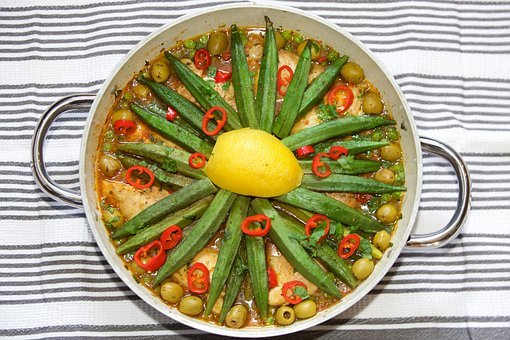
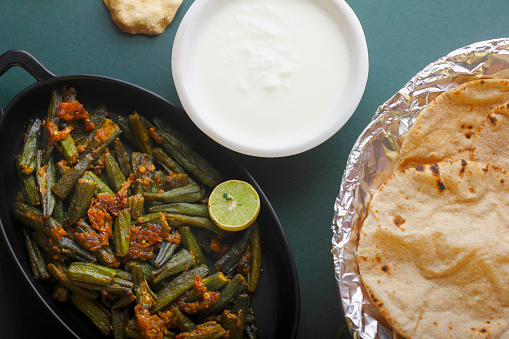
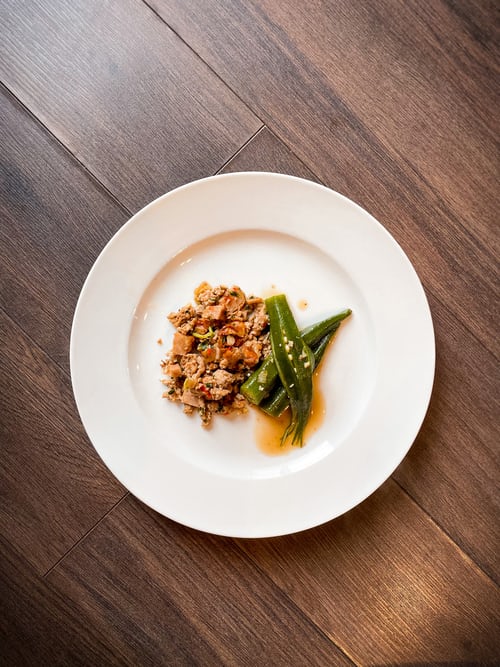
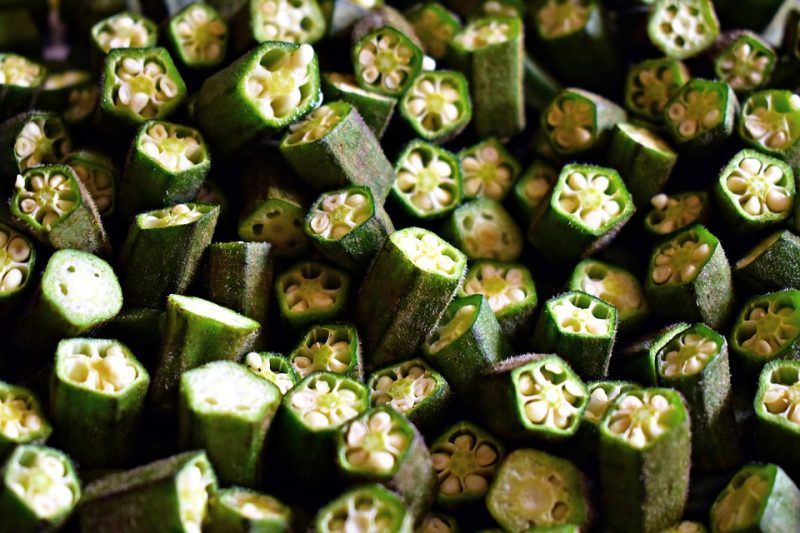
Additionally:
- The capsules can be stored for several days, but their quality fades quickly. It is a good idea to sell the harvested okra as soon as possible.
- You can store seeds for 4-5 years;
- The most wide-ranging cultivation of lady’s fingers can be found in India, Nigeria, and Sudan.














































































































































































































































































































































































































































